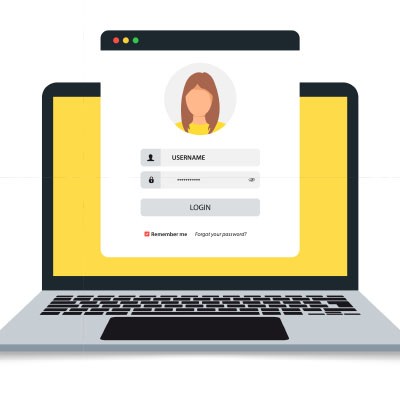
Over time, your business will accumulate a lot of data, including some that certain employees or departments will have no need to see (or perhaps shouldn’t see). An effective way of keeping eyes from wandering is through an access management policy. Let’s go over a few elements you ought to prioritize in your approach to controlling internal access.
Role-Based Permissions
Let’s say that you have a hypothetical business that employs 25 people, one of whom handles your human resources. So, while most of your employees are tending to your clients and customers, one of them is handling payroll and billing. Feel free to double-check my math, but that means that a grand total of one person needs access to your business’ financial information in order to fulfill their responsibilities. Why leave the option open for another employee to take a peek at these records, even if by mistake?
By using a role-based access management solution, you can help prevent this from occurring without devoting too much time to individually assigning permissions. Instead, permissions can be applied to work roles en masse. This way, all you have to do to rescind or assign new permissions to a user is to remove or add a role. This makes adjusting permissions much simpler, more efficient, and less likely to result in a mistake.
Limiting Permissions to the Functional Minimum
On a related note, you need to consider the extent of your role-based permissions, especially in an office where there are multiple departments. While managers may be an authority in the office, there isn’t very much reason that your HR manager would need to edit the data that your Fulfillment department generates – although there may be some resources that the two departments would need to share.
While you should avoid restricting your employees’ access to the point that they cannot do their jobs, you also need to protect your data by limiting them to just the data they need. Many solutions offer the ability to even grant temporary permissions, so that you don’t need to worry about forgetting to adjust a user’s permissions later.
Layering Protections with Multi-Factor Authentication
In theory, passwords should be enough to secure an account, but there are a few considerations that prevent this from being the case. First, cybercriminals aren’t manually typing in each guess they have. They instead leverage automated programs to rapidly try countless (by human standards) different combinations to make their way in. Secondly, it isn’t as though all users are creating passwords that are sufficiently secure, either. Examples like the use of common dictionary words, simple-to-remember numerical codes, and other basic strategies have been in place for years to the detriment of business security.
There is some pretty considerable historical precedent, especially where lax password preferences are concerned. The entirety of the United States’ nuclear arsenal was defended by a passcode for 20 years that shows just how likely it is that your users will cut corners:
“00000000”
So, it isn’t an unfair assumption that your business data may not be as well-protected as it ought to be.
This is where Multi-Factor/Two-Factor Authentication (MFA/2FA) comes into the picture. Rather than just providing a credential that you know, you’ll have to go another step and provide additional proof of your identity (as you confirm through your username and first authenticate with your password). This additional proof of your identity forces you to utilize some other method of authentication–one that a cybercriminal typically finds difficult to intercept or duplicate–to confirm that you are who you claim to be.
This secondary authentication can come in many forms – whether it is an additional code delivered to you on demand via an app, a physical dongle that you insert into the device you are trying to access, or some biometric identifier.
Taking these methods into consideration, you actually have many options to help keep your data secure, while still accessible to those who need to use it.
For help in implementing any of these methods, lean on the professionals at Catharsis Managed IT Ltd. Give us a call at (416) 865-3376 to learn more.
